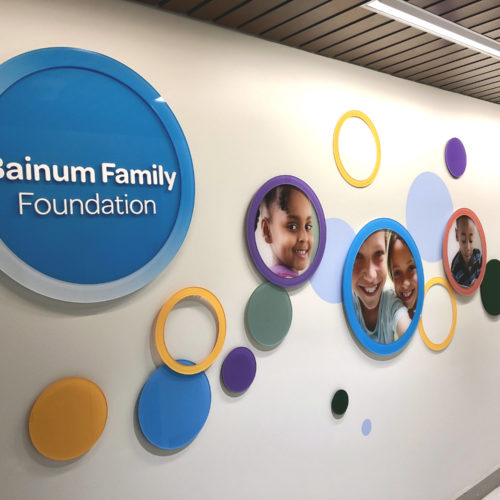Did you catch this year’s Super Bowl? If so, I’m sure you fully understand this scenario — a team that “on paper” has all the talent and resources to be winners, and yet they can’t seem to pull off the ultimate goal. And you’ve seen the flipside — a team of folks who, at first glance, don’t appear to have the highest caliber of collective talent, and yet they somehow gel and surpass all expectations. We often chalk this up to chemistry or just the right combination of factors that organically came together at the right time. But that doesn’t even begin to cover it.
As I recently shared at the Nonprofit HR’s Talent and Culture Summit in Washington, D.C., with intentional leadership, you can create trust, synergy and routines that enable any team to collectively excel, exceed expectations and deliver outstanding, sustainable results. But to do so, leaders must first understand and anticipate the stages of team formation and know the necessary measures and tactics to bring cohesion and shared purpose to their team. And ultimately leave the myth of sheer luck behind.
Tuckman‘s framework (1965, 1977) on team development provides a simple but clear view on the phases of a team: forming, storming, norming, performing and adjourning. Forming serves as the critical foundation for any team’s success, and at this stage, leaders must communicate a clear vision and shared purpose, articulate concrete goals, and provide clear expectations on team norms, routines and specific roles. They must also create the space and time for team members to build trust and connect in a meaningful way. The following phases also involve intentional, involved and detailed leadership routines, but these flow directly from the “forming” period. Teams move from forming to norming and performing when their leaders reinforce expectations, provide individuals with opportunities to build skills in team interaction, and celebrate the expected behaviors and results.
But we can’t forget that this is not a unidirectional process. External factors such as leadership or staffing changes, a new strategic plan and/or shifts in goals and resources can all cause movement back into storming and perhaps even forming. Put in a playful way, this journey is like a game of Chutes and Ladders. You want to make continued progress up those ladders but sometimes find yourself sliding back down a chute.
So how does one win and continue collective performance? By maintaining a common vision and goal(s) and establishing reliable team routines that create opportunities for strategic and tactical planning, communication and consistent follow-up. Here at the Bainum Family Foundation, we know that our own organizational effectiveness will enhance our ability to support the partners and communities we serve. Consequently, over the past 12 to 18 months, we’ve taken specific action steps to align our teams:
- Our entire staff explored our core values, together taking a deep dive to define specific practices and behaviors that bring those values to life.
- Individually, every employee completed a DISC profile assessment and identified signature strengths to further leverage and share with his or her team.
- We continued our yearly goal-planning process, which stems from our organization’s operating goals and breaks them down to specific teams and individuals — clearly showcasing how every individual helps to move the needle here.
- We’ve also worked to enhance specific teams’ development and ongoing routines, and our executive team is leading the way in those endeavors by focusing on enhanced communication and collaboration. Our leaders’ intentionality is powerful, and we’re seeing the results of these investments multiplied across our organizational performance.
With intentional leadership, Foundation teams can leverage and seamlessly string together the strengths of each individual and ultimately deliver meaningful change for the communities we serve. But consistency and excellence lay in effective team formation, and leaders cannot afford to underestimate the importance of their role in that stage. In your leadership legacy, you are planting seeds every single day. And when you intentionally invest your time and energy in the individual and collective development of those around you, you’ll see the garden growing in no time. So what seed will you plant today?





